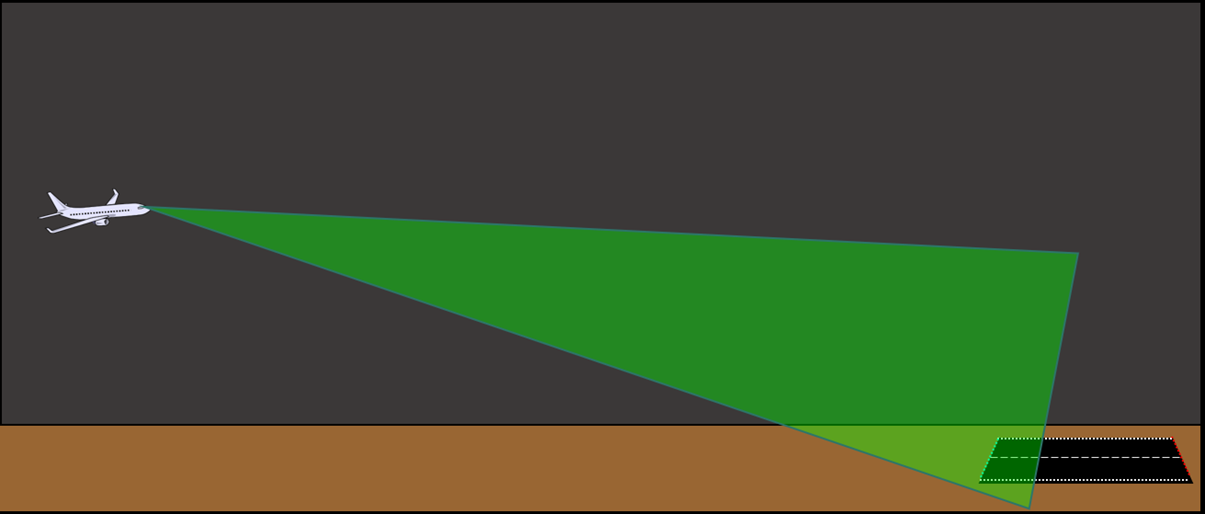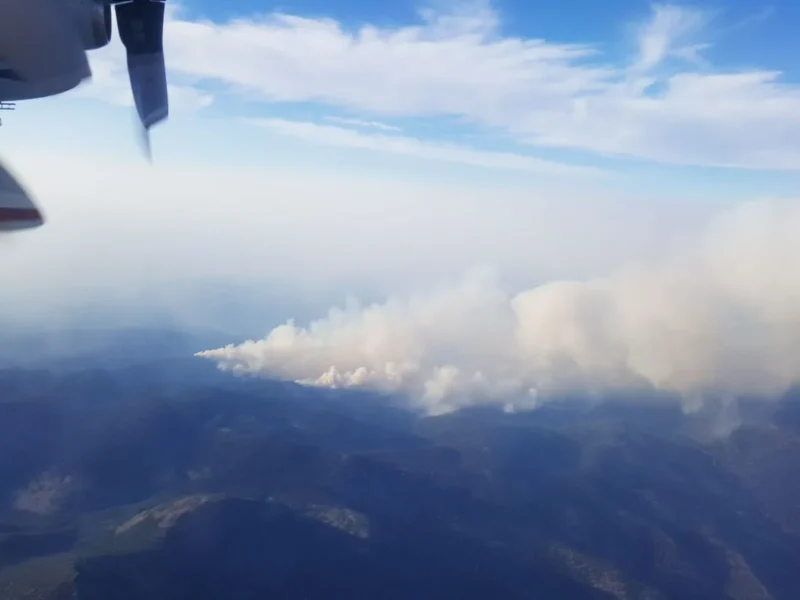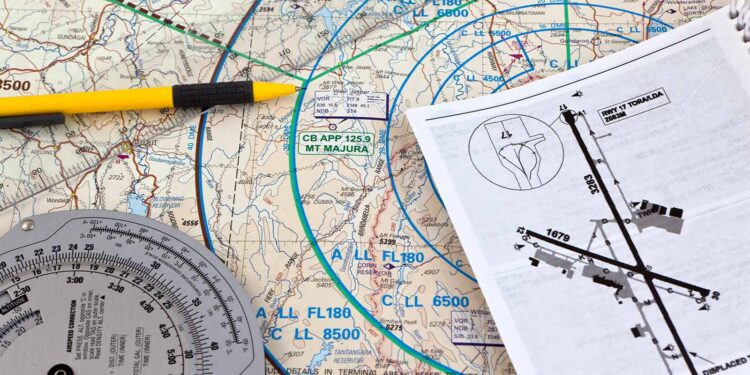Canada has some unique rules when it comes to instrument flight rules compared to the rest of the world. The reason for these rules was simple – Canada’s large geography and unique geographical position on the planet makes for some interesting situations whereby special rules needed to apply.
Let’s take a look at two unique examples involving temperatures and the magnetic compass.
Broken Compass
The location of the magnetic north pole is smack dab in the high Canadian arctic.
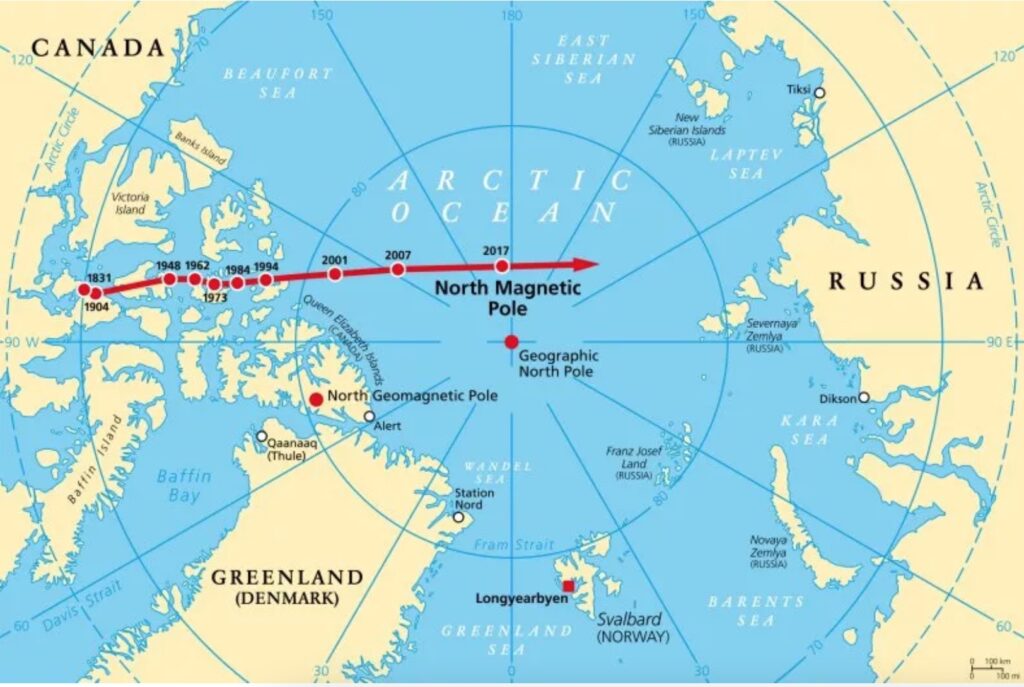
Not only is the magnetic north pole moving, but it also doesn’t even point to the geographic north pole. Therefore, pilots need to use true heading instead of magnetic heading to navigate anywhere in the Northern Domestic Airspace.
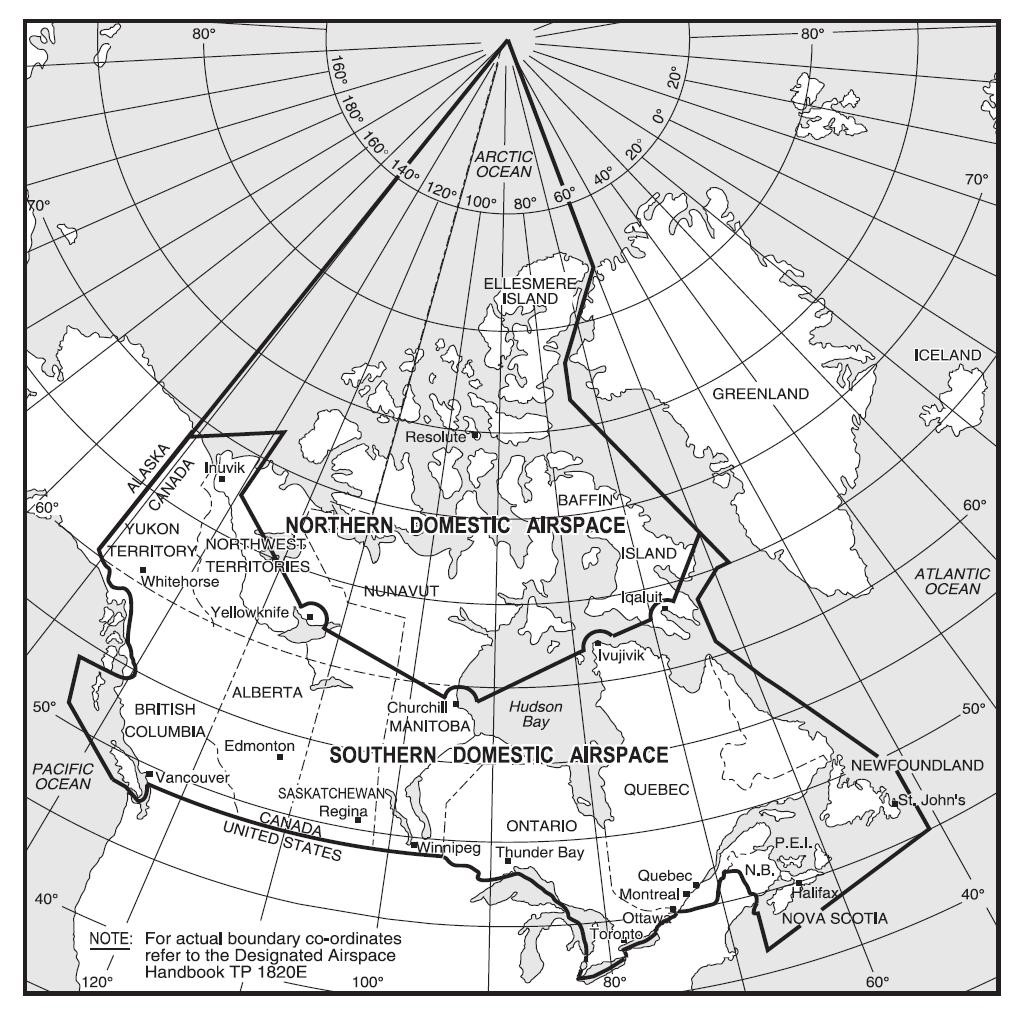
Canada has petitioned ICAO to use true headings and tracks worldwide to simplify flight planning and navigation. It has yet to be ratified by the member nations but when it does, this would ease the burden on both VFR and IFR pilots when implemented.
Cold Weather
There is a Canadian trope that we all live in igloos and get around using dog sleds. This may be true up north, but the reality is that extreme cold weather can make you think you are flying higher than you actually are. This can be extremely dangerous when you are approaching an airport to land as controlled flight into terrain is possible at airports with sub zero temperatures.
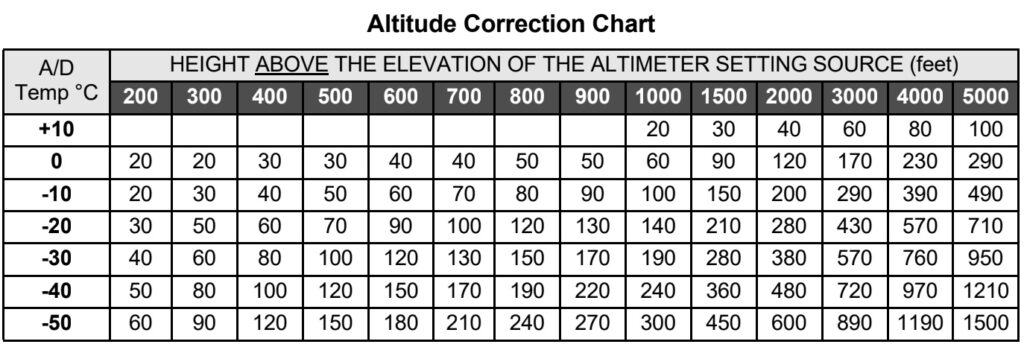
Canadian pilots apply a cold weather correction to their altitude when temperatures are below 10C. Using the chart above, you can see that if a pilot is flying 1000′ above the terrain near an airport that has a temperature of -50C, they are actually flying at 700′ above the ground without any temperature correction. In other words: cold air is denser than warm air, and your altimeter uses air density to determine your altitude.
Increasing Safety
A slew of accidents caused the above two rules to be implemented a long time ago. Aviation is great in that we all learn from our mistakes and make changes to improve safety. This was also the case with the implementation of operating an aircraft in low visibility situations.
However, as the years went on and we continued to learn from our mistakes we continued to layer on new rules for low visibility operations. It is now at a point whereby these rules are so complicated, that some may argue that applying them are more error prone than not having them at all.
The Transportation Safety Board decided to put all of the existing rules in place into a flow chart to illustrate an important point: No matter which rule you follow, you will still be able to land regardless if it is safe to do so or not. This applies to both general aviation and commercial operators.
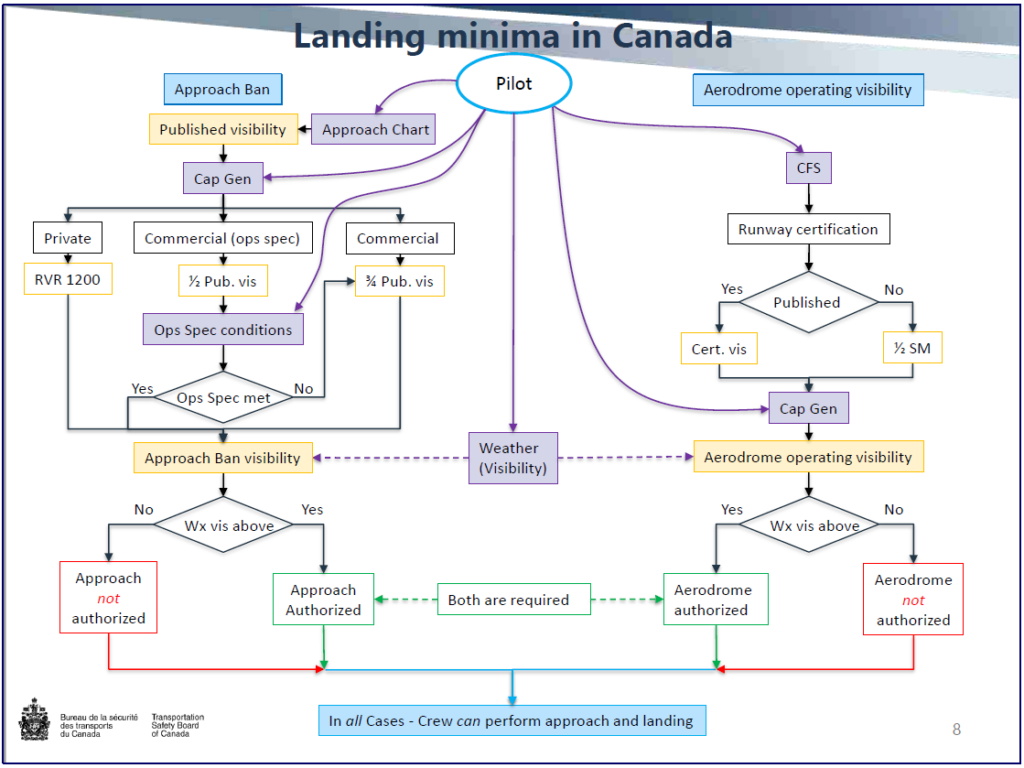
Approaching an Airport & The Approach Ban
When flying using instruments in low visibility (called IFR flying), a pilot uses an approach plate that gives them the necessary information to line up properly for the runway. Let’s take a look at this example for runway 32 at Ottawa (CYOW) airport.

If I was to do an LNAV approach into Ottawa, the recommended (or advisory) visibility would have to be a runway visual range (RVR) of 50 (5000 feet) or higher. Seems simple enough right? Well, Canada implements an approach ban on all instrument approaches. This means that you can’t start your approach to this airport unless the RVR is 1200 or a litany of other exceptions apply.
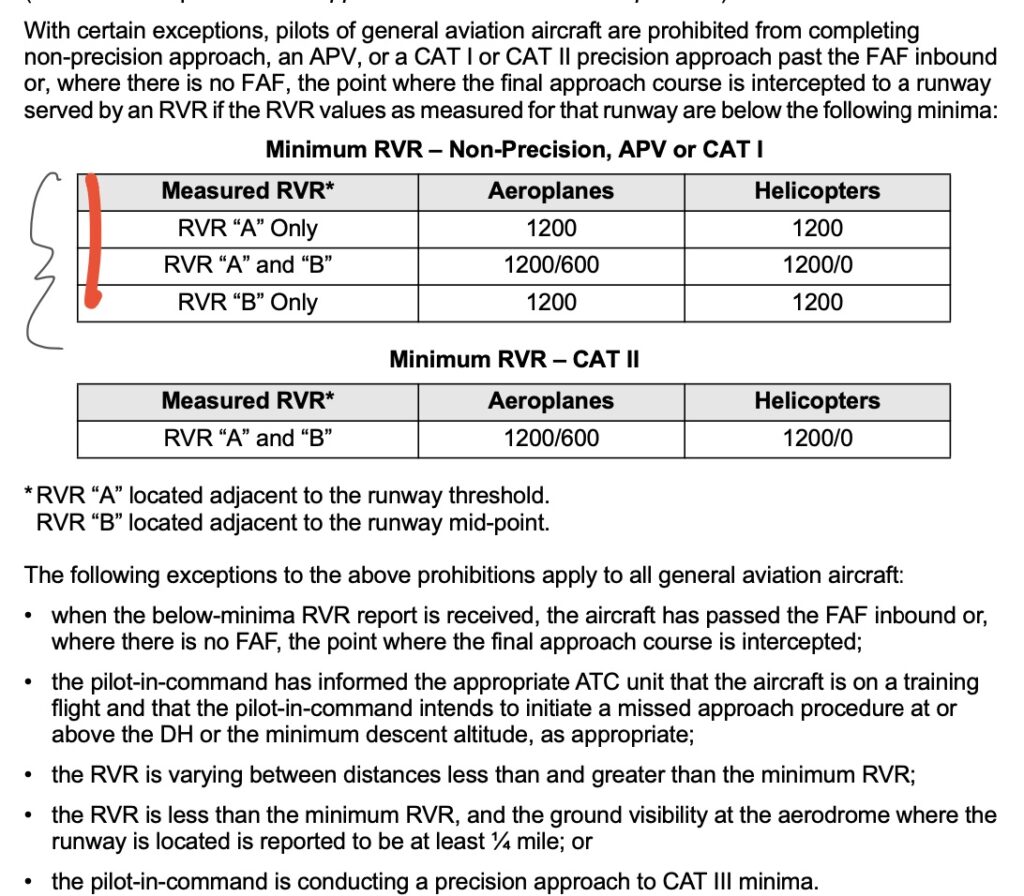
The idea was simple. Don’t allow pilots to approach an airport with the advisory visibility in the approach plate unless the visibility is actually better than it is.
The set of approach ban rules are located in a separate document from the approach plate and often contain hard to read and confusing instructions. Trying to remember these rules while being task saturated flying an airplane is pretty difficult.
The Power Of A Single Word
Transport Canada is finally implementing some of the suggestions the Transportation Safety Board have been making for years.
The visibility located on approach plates are advisory visibilities. The new rules would change it from advisory to prescribed. This means that a pilot will only have to reference one document to determine if they can land at an airport: the approach plate. No more complicated tables and no more error prone calculations.
In addition this will also incorporate other complicated rules the pilot would normally have to worry about. Such as: type of airport lighting and other tools used during low visibility operations.
With these new rules: Using the example above, if the visibility is less than RVR 50, you can’t begin your approach to the airport. Period.
This new way of displaying minimum visibilities on approach plates falls in line with ICAO standards. The standard that every other country in the world follows.
Want To Read More?
A great summary of these new (safer) rules have been published by Transport Canada in their latest Aviation Safety Letter. I, for one, welcome these new and simplified rules. Continuing the the tradition of making aviation safer every day.
